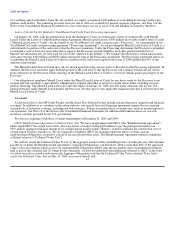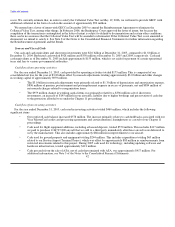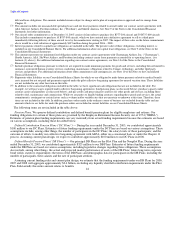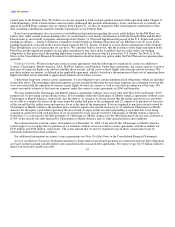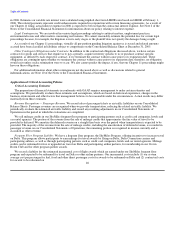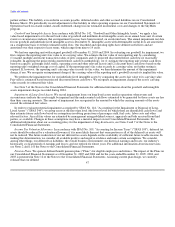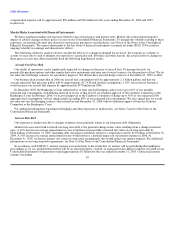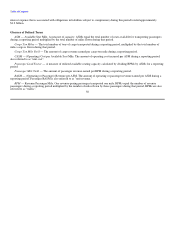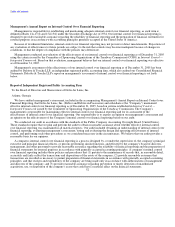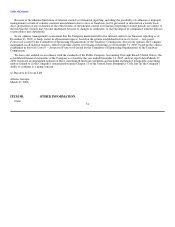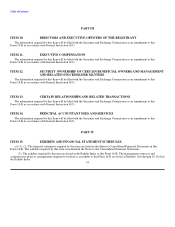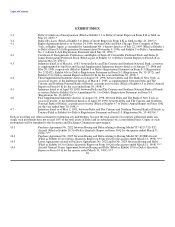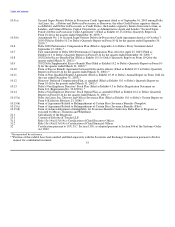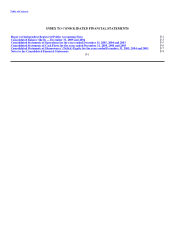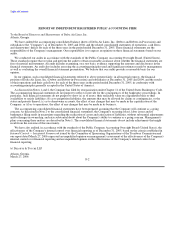Delta Airlines 2005 Annual Report Download - page 55
Download and view the complete annual report
Please find page 55 of the 2005 Delta Airlines annual report below. You can navigate through the pages in the report by either clicking on the pages listed below, or by using the keyword search tool below to find specific information within the annual report.
Table of Contents
interest expense that is associated with obligations in liabilities subject to compromise) during this period totaled approximately
$1.2 billion.
Glossary of Defined Terms
ASM — Available Seat Mile. A measure of capacity. ASMs equal the total number of seats available for transporting passengers
during a reporting period multiplied by the total number of miles flown during that period.
Cargo Ton Miles — The total number of tons of cargo transported during a reporting period, multiplied by the total number of
miles cargo is flown during that period.
Cargo Ton Mile Yield — The amount of cargo revenue earned per cargo ton mile during a reporting period.
CASM — (Operating) Cost per Available Seat Mile. The amount of operating cost incurred per ASM during a reporting period,
also referred to as "unit cost".
Passenger Load Factor — A measure of utilized available seating capacity calculated by dividing RPMs by ASMs for a reporting
period.
Passenger Mile Yield — The amount of passenger revenue earned per RPM during a reporting period.
RASM — (Operating or Passenger) Revenue per ASM. The amount of operating or passenger revenue earned per ASM during a
reporting period. Passenger RASM is also referred to as "unit revenue."
RPM — Revenue Passenger Mile. One revenue-paying passenger transported one mile. RPMs equal the number of revenue
passengers during a reporting period multiplied by the number of miles flown by those passengers during that period, RPMs are also
referred to as "traffic". 50



